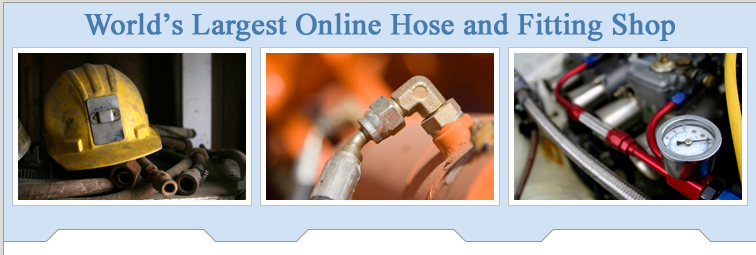
Part 2 Of Hydraulic Troubleshooting Guide 101
July 10, 2016
Here’s part 2 of our 3 part series on hydraulic trouble shooting 101. a STEP 3 – Pump…
By webadmin

Fluid Power Safety Products
June 26, 2016
Fluid Power Safety 101 Safety is a critical aspect to any fluid power system, not just from the…
By webadmin

